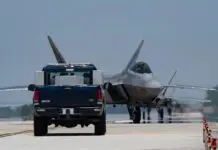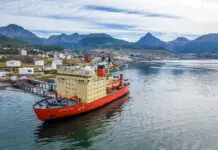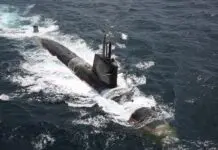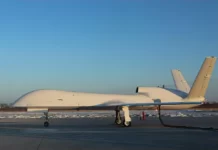Amidst the surge of optimism sparked by the acquisition of the F-16 Fighting Falcon jets for the Argentine Air Force, the Armed Forces align with this new management in a phase where the incorporation and recovery of capabilities remain an urgent necessity faced daily. For the Argentine Navy, decades of underinvestment present a scenario which lacks capabilities and obsolescence of various weapons systems in each of its operational commands. In particular, the loss of the ARA San Juan submarine in November 2017 truncated the history of the Submarine Force, which began in 1933 with the incorporation of three Cavallini-class units – known as Tarantinos – of Italian origin.
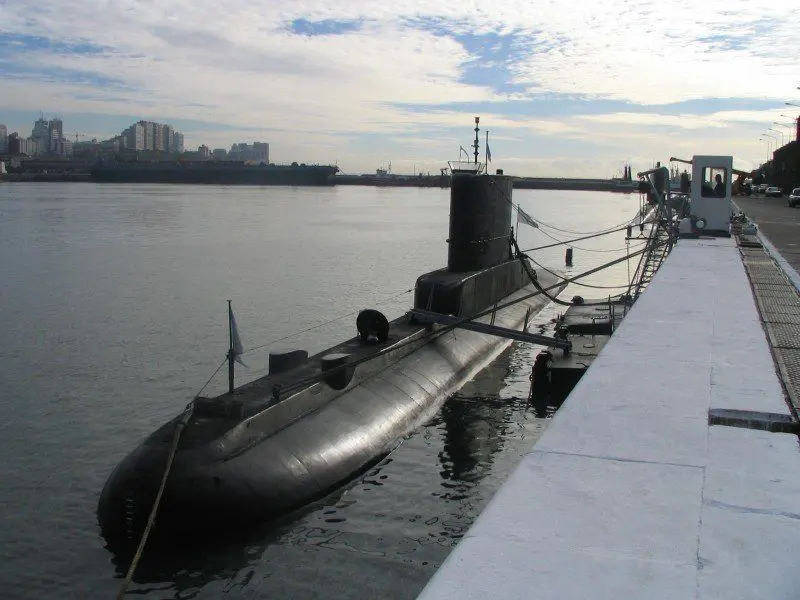
Since 1971, with the incorporation of the ARA Santa Fe (S-21) and ARA Santiago del Estero (S-22) submarines – formerly USS Catfish SS-339 and USS Chivo SS-341 -, the Argentine Navy stopped acquiring second-hand submarines, with the first new units being the ARA “Salta” (S-31) and ARA “San Luis” (S-32) 209-class submarines. Subsequently, in the mid-1970s, the Argentine Navy initiated one of its most ambitious programs, which included the incorporation of two units built in Germany, and four built locally at the Ministro Domecq García Shipyard, located on the southern coast of Buenos Aires City.
The TR-1700 submarines, as they were known, sought to consolidate the submarine capacity of the Argentine Navy, and for the first time, there was a projection to have at least six units (throughout the history of the submarine force in our country, there had never been more than 4 operational units), with the innovation of having units built in our country, an unprecedented fact for the region in the 1970s/1980s considering the experience of assembling the Salta-class submarines at Tandanor.
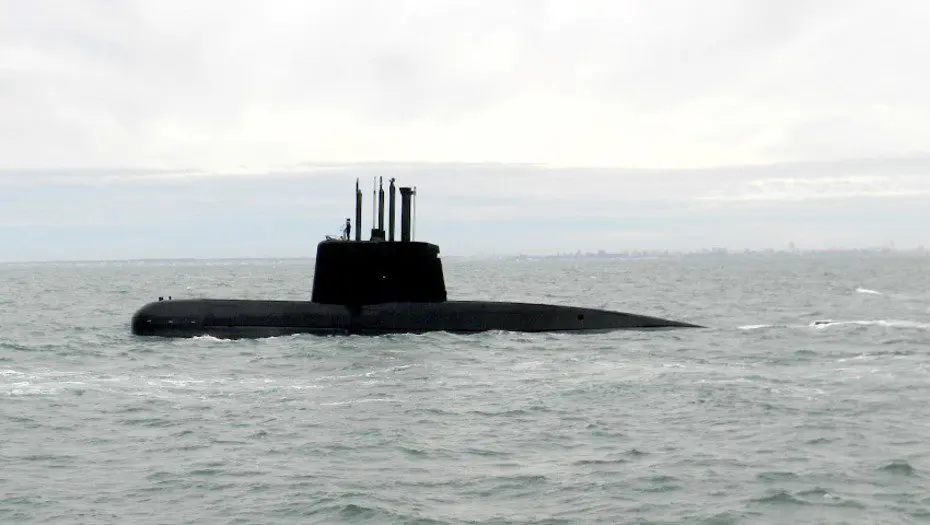
The current situation of the Submarine Force Command is stagnant and far from performing its actual function. Thanks to the incredible efforts of our seafaring people, submariners train aboard the ARA “Salta” – which has not been operational or sailed for approximately 7 years – and train with units from friendly navies, such as the Peruvian Navy.
Taking Chile and Brazil as examples, both countries, after years of operating the well-known Type 209 Class, opted for the French option by acquiring Scorpene Class submarines. In the case of the Chilean Navy, the project began in 1998, culminating in the delivery of the first unit, the Submarine General O’Higgins in 2005, followed by the General Carrera the following year.
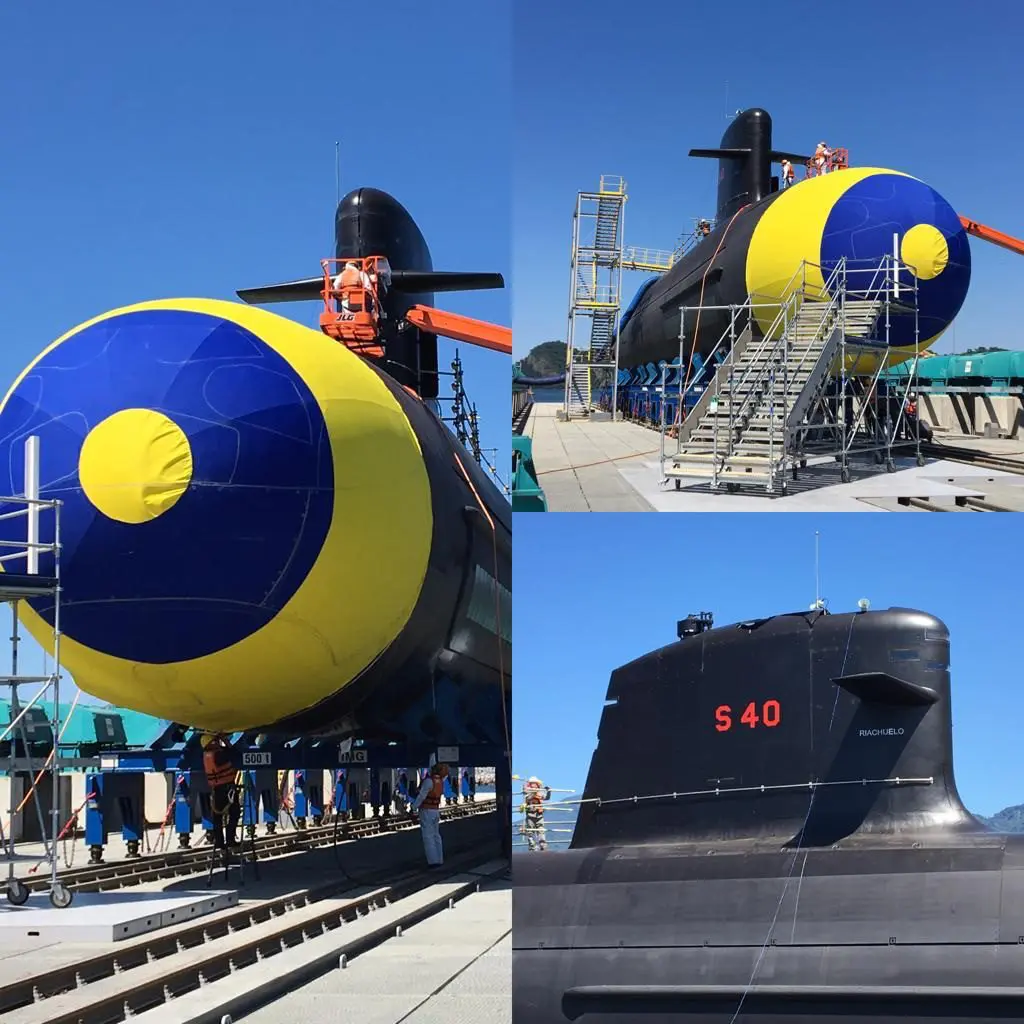
Brazil, on the other hand, opted for a more ambitious program, which consisted of the construction of four Riachuelo-class diesel-electric submarines (based on the Scorpene) at the Itaguaí facilities, an industrial complex built ad-hoc in Rio de Janeiro, with the addition of a nuclear-powered submarine, representing a true milestone regionally. Fifteen years after its inception, the Brazilian Navy Submarine Development Program (known as PROSUB) already has the first unit, the submarine “Riachuelo” (S40), in service, while sea acceptance tests have begun for the second submarine of the class, the “Humaitá” (S41), and construction continues for the Tonelero (S42), Angostura (S43), and the nuclear submarine Alvaro Alberto.
Recovering submarine capability: a priority for the Argentine Navy
As has been discussed, the development of a submarine construction program is a medium to long-term state policy that requires the corresponding economic support and the necessary political will to consolidate the recovery of submarine capability. Faced with an unprecedented situation in almost 100 years of the existence of the Submarine Force, the possibility of incorporating a second-hand unit in order to “sail again” has been considered by the Ministry of Defense for some years now.
While during the last years of the previous administration, there was interest in incorporating at least one Tupi-class submarine from the Brazilian Navy, units that are being decommissioned (to date, the submarines Tamoio (S-31), Timbira (S-32), and Tapajó (S-33) have already been decommissioned), while the Tupi (S-30) and Tikuna (S-34) submarines are still in service, another option currently under analysis is the Norwegian ULA-class submarines.
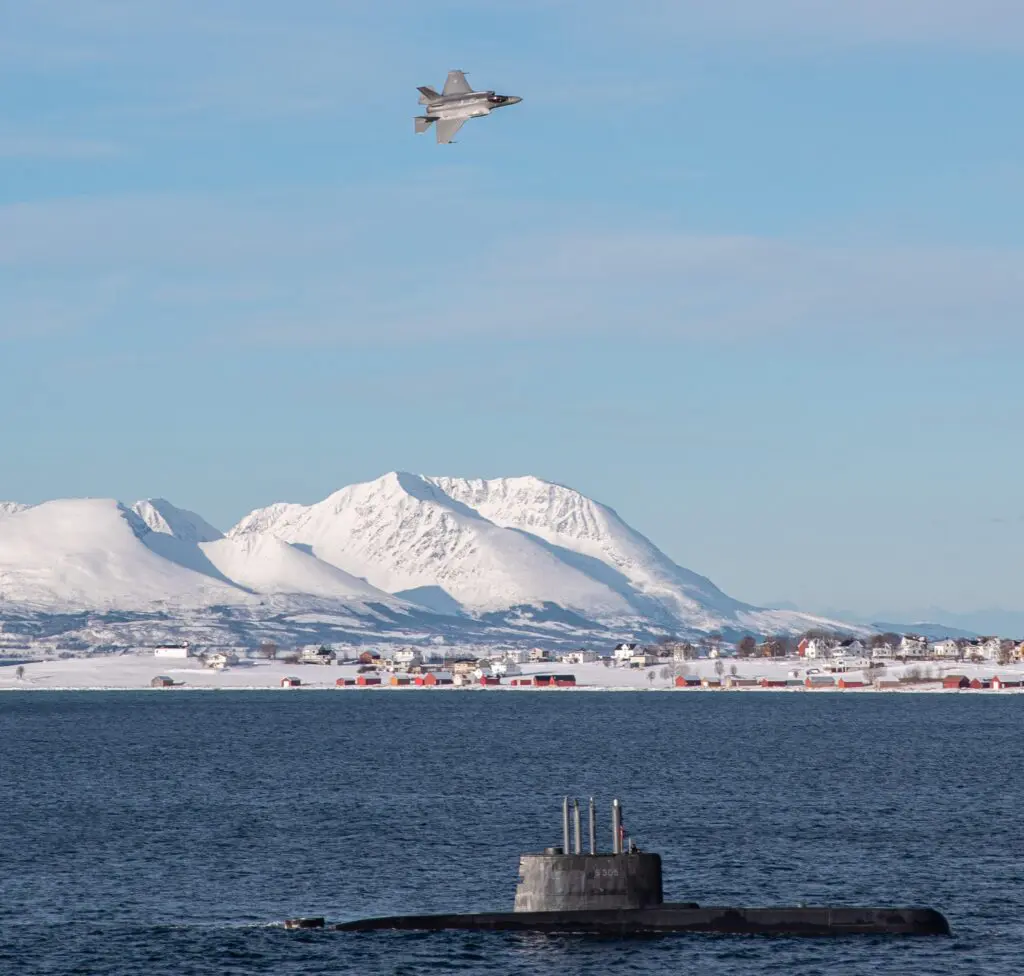
This option, which has been under consideration for at least 5 years, involves at least one ULA submarine. These are units built in Germany in the late 1980s and early 1990s (1987-1992). There are six units developed for the Royal Norwegian Navy, specially designed for coastal operations. With a small size (59 meters in length, 1040 tons displacement, and 1150 tons displacement when submerged), these would be units with less projection compared to the latest generations of Argentine submarines (U-209 and TR-1700), with the latter designed especially for considerable autonomy (70 days) and speed when submerged (25 knots on the surface).
About ULA-class submarines
– Displacement: 435 tons
– Displacement when submerged: 485 tons
– Length: 59.0 m
– Beam: 5.4 m
– Draft: 4.6 m
– Sensors: Surface radar: Kelvin Hughes 1007
– Primary sonar: Atlas Elektronik CSU83
– Flank sonar: Thomson Sintra
– Armament: 8 tubes for 14 torpedoes of the Atlas Elektronik DM2A3 model and 533 mm caliber, or 16 anti-submarine mines.
– Propulsion: 2 diesel thrusters, plus one electric thruster
– Power: 2 × 695 HP (2 × 1300 kW)
– Submersion power: 1 x 6000 HP (1 × 4474.2 kW).
– Speed: 20 kilometers (11 nmi)
– Submerged speed: 43 kilometers (23 nmi)
– Depth: 250 m.
– Autonomy: 9260 kilometers (5000 nmi) at 8 knots (14.82 km/h).
– Crew: 21 people
- Briefly shifting focus from submarine warfare, it’s worth highlighting the recent acquisition of four P-3C Orion maritime patrol aircraft from the Kingdom of Norway for the Naval Aviation Command, a branch of the Argentine Navy that also suffers from the consequences of decades of underinvestment.
You may also like: After the F-16 – Awaiting a decision in the acquisition project of new VCBR 8×8 for the Argentine Army




